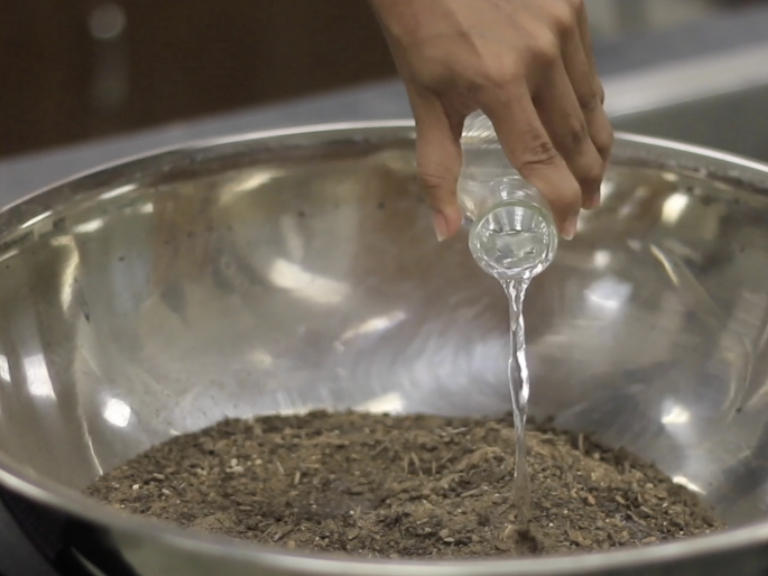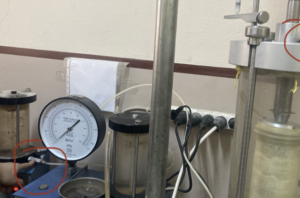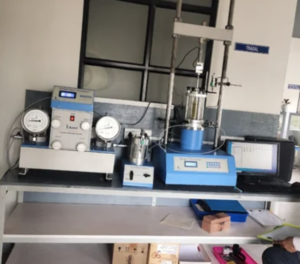Why Sample Compaction Quality Determines Reliable Soil Test Data
If the specimen is wrong, the plot is loud. Nail compaction, and triaxial/permeability data suddenly agree with the model—and with each other.
The Role of Compaction in Soil Behavior Simulation
Compaction is how we recreate in the lab1 the density, fabric, and moisture states that soils experience in the field. When done well, it:
- Sets the initial void ratio (e₀)2 and suction/moisture—the starting point of every stress path.
- Controls fabric and contact network, which govern stiffness, strength, and dilation.
- Reduces specimen-to-specimen scatter, so overlays mean something and parameters are defensible.
Think of compaction as the initial conditions in a numerical model: one small miss here echoes through CU/CD triaxial curves, k-values, and consolidation rates.
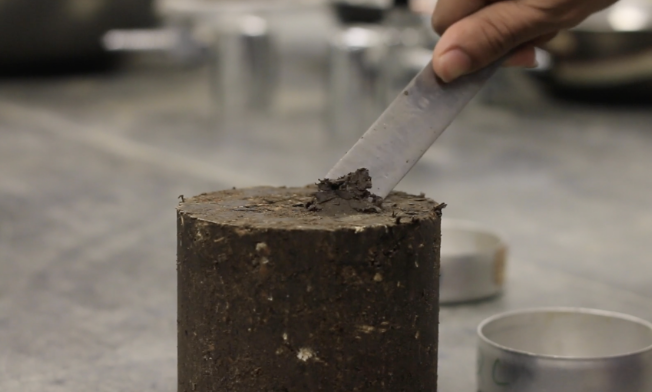
How Inadequate Compaction Skews Test Results
Poor compaction doesn’t just add noise; it systematically biases3 results.
Typical artifacts and where they show up
| Compaction issue | What happens in the specimen | How it appears in data |
|---|---|---|
| Density gradient (top–bottom) | Nonuniform e₀; end friction dominance | Kinked stress–strain; odd volumetric strain; early barreling |
| Uneven lift thickness | Weak horizontal planes / laminations | Step-like stiffness changes; erratic peak strength |
| Over-energetic compaction (clays) | Fabric breakage; crushed structure | Overstated small-strain modulus; reduced dilation |
| Under-energetic compaction (sands) | Loose patches; collapse under load | Soft or collapsing response; inflated k |
| Moisture drift during build | Suction gradients; localized soft zones | Increased scatter point-to-point; repeatability fails |
| Poor end faces / tilt | Elevated end restraint | Higher apparent strength; misleading dilation angles |
Rule of thumb: if your overlays won’t overlay, check compaction before blaming the soil or the device.
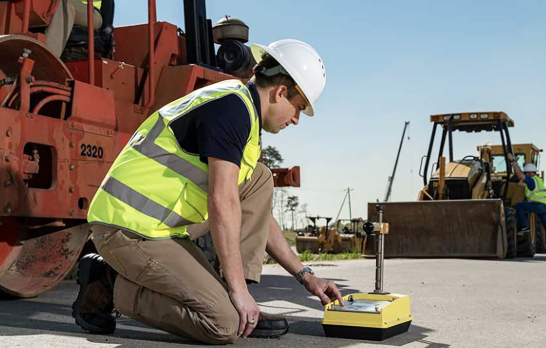
Ensuring Uniformity: Best Practices in Sample Preparation
Uniformity is a habit, not a mystery. Here’s the routine I trust.
1) Plan targets
- Choose ρ_d (or e₀) and w% from the test plan.
- Compute total wet mass and per-lift mass (3–7 lifts, thinner for fines).
- For fines, premix and rest sealed 12–24 h.
- Cover soil and mold; minimize open time; log room temperature.
3) Controlled energy/pressure5
- Drop-hammer: fixed drop height and blow count; rotate 90° per pass.
- Static/static–cyclic press: pressure accuracy ≤ ±2%, rate repeatability ≤ ±5%, dwell ≤ ±0.2 s.
- Scarify between lifts for clays/silts; skip for clean sands.
4) Geometry and finishing
- Keep lift thickness ±5%; top off slightly and strike flush.
- Apply a light seating pressure for flat, parallel ends.
- Sleeve with 1–3% undersized membrane to avoid folds.
5) Measure and verify
- Diameter (3–4 positions), height, wet mass.
- Moisture tins from trimmings → confirm ρ_d within ±1–2% of target.
- Quick hold test (10–20 kPa) for membrane leaks.
Bench card: acceptance in 60 seconds
| Check | Target |
|---|---|
| H/D ratio | Specified (e.g., 2.0 ± 0.1) |
| Lift uniformity | ±5% |
| End parallelism | < 0.05 mm gap (straightedge) |
| Dry density (ρ_d) | ±1–2% of target |
| Visual | No laminations, cracks, or membrane folds |
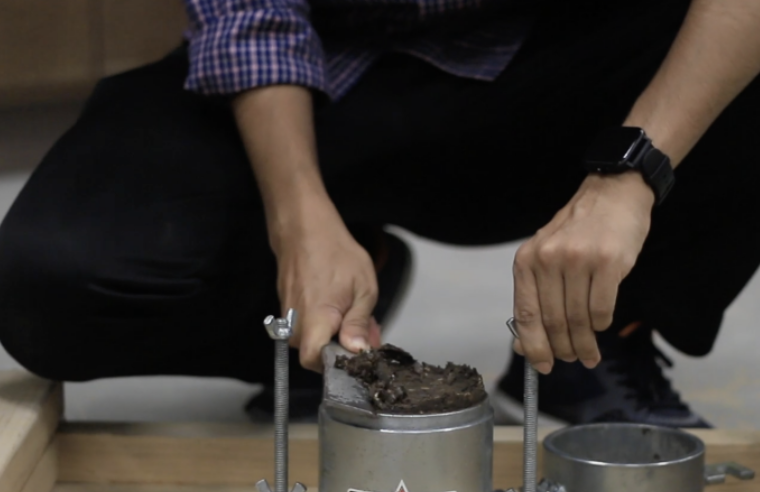
Linking Compaction Quality to Engineering Decisions
Compaction quality isn’t a nicety—it directly shapes the numbers you design with.
- Strength parameters (c–φ, Hoek–Brown-like fits for cemented soils)6: Density and fabric errors inflate φ or hide strain-softening, skewing slope stability and bearing predictions.
- Stiffness for serviceability (E₅₀, Eᵢ): Over-energetic compaction in clays overstates small-strain modulus → unconservative settlement estimates.
- Permeability (k) and consolidation7: Side-wall bypass from loose sleeves or rough ends underestimates drainage paths, misleading ground improvement timelines.
- Liquefaction & cyclic response: Inconsistent e₀ and moisture produce wide scatter in cycles-to-trigger; mitigation is either overbuilt (expensive) or underbuilt (unsafe).
Translation to practice
- Cleaner compaction → tighter overlays → narrower confidence bands → smaller safety factors added “just in case.”
- Across a program, that’s fewer retests, faster sign-offs, and designs that are both safer and more economical.
Conclusion
Reliable soil test data is born at the compactor, not the load frame. Control energy/pressure, moisture, lift geometry, and end finish; verify density and run a quick leak hold. Do that every time, and your curves quiet down—and your design decisions stand up.
-
Exploring this resource will provide insights into effective lab techniques for soil compaction, ensuring accurate results. ↩
-
Understanding the impact of initial void ratio on soil behavior is crucial for effective engineering and construction practices. ↩
-
Understanding how systematic biases affect data can enhance your analysis skills and improve the accuracy of your results. ↩
-
Understanding moisture discipline is crucial for ensuring the quality and consistency of construction materials. ↩
-
Exploring controlled energy and pressure can enhance your knowledge of effective construction techniques and improve project outcomes. ↩
-
Understanding strength parameters is crucial for accurate slope stability and bearing predictions in engineering. ↩
-
Exploring permeability's role in consolidation can enhance your knowledge of drainage and ground improvement timelines. ↩

